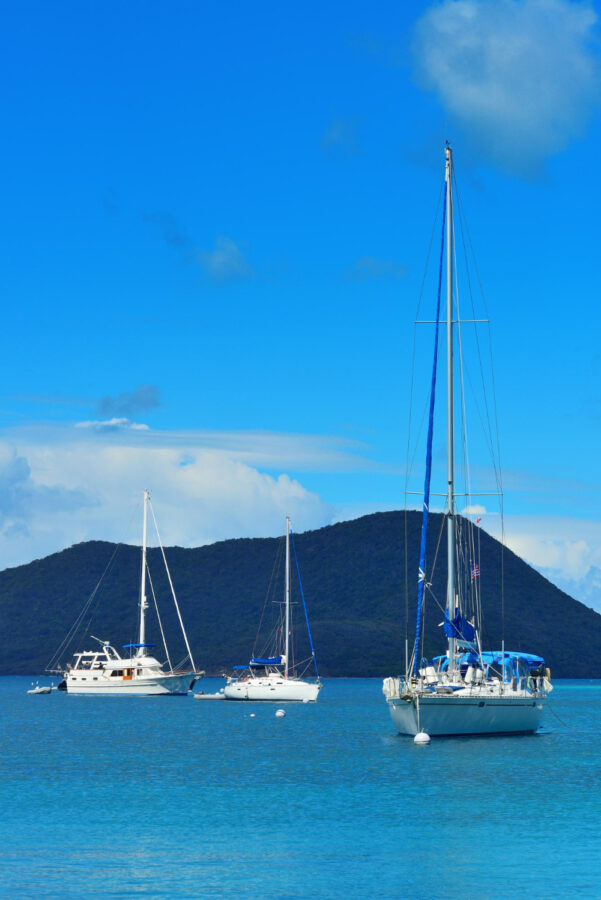How to Choose the Right Marine Paint Supplies for Different Types of Boats

Choosing the right marine paint supplies is essential for protecting your boat and ensuring it looks its best. There are many factors to consider, including water conditions and hull material. A wide variety of topside and bottom paints are available for both freshwater and saltwater applications. The right choice can help your boat last longer and stay foul-free.
Types of Boats
Boat owners often have to paint different parts of their vessels at one time or another. For example, topside boat paint protects parts of a ship above the waterline, while bottom paint enables it to withstand dirt, debris, barnacles, and other marine organisms. Fortunately, many boat painting supplies can help you complete any job. These supplies include brushes, rollers, sprayers, sandpaper, and masking tape. They also have a variety of primers that ensure proper adhesion and provide a foundation for the topcoat. Different marine paint supplies exist for the different substrate materials used on boats. These can include fiberglass, wood, steel/aluminum, and others. Finally, there are anti-fouling paints that release biocides to discourage marine growth. It is essential for boats that are frequently moored for long periods and can harm their performance. Some anti-fouling paints require a hard coating, while others are considered ablative and are less likely to build up over time.
Types of Substrate
Marine paint is formulated with unique ingredients to withstand the challenges of a marine environment. It has high levels of resin and pigments that offer adhesion, resistance to saltwater and UV rays, anti-fouling, and anti-corrosion properties. Marine paint supplies include primer, topside, bottom, and varnish.
The correct paint protects metal surfaces from corrosion, improving the longevity and appearance of a boat. It creates a barrier between water and salt, preventing the corrosive elements from reaching the metal substrate and weakening the vessel’s structure.
Antifoulant paint, or bottom paint, releases biocides that stop marine growth from forming on a vessel’s hull. It helps reduce drag, which improves fuel efficiency and overall performance. Marine acrylic, or plexiglass, coats boat seats, dashboards, console doors, and tackle box interiors. It can be heat-formed and offers a transparent finish. It can also be sanded and polished to smooth surfaces. It is available in a variety of colors.
Types of Paint
Marine paint is formulated to withstand the harshest of conditions. Above and below the waterline, blazing sun, brackish or saline water, salty sea spray, bottom-hugging barnacles, and more. And that’s why there are different types of paint used to coat a boat:
Bottom Paint
The bottom of the boat is constantly underwater and needs to be protected against marine growth. Anti-fouling paint is the answer, as it releases biocides discouraging barnacle and algae growth. For boats in freshwater locations, thinner film paints are an economical choice that protects most algae species. Bottom paints release biocides that discourage the growth of barnacles and other marine fouling organisms. They also protect the hull from oxidation, corrosion, and abrasion. The boat’s hull material will influence your choice of bottom paint, the state of the water, and how frequently you use it. Modified epoxy paints with a low percentage of copper are an economical single-season choice, especially if you dry-store your boat in the winter and don’t mind repainting in the spring. For heavy fouling areas, ablative copolymer paints minimize the annual ritual of sanding by working in tandem with anti-slime additives.
Topside Paint
This paint is applied above the waterline and protects against UV degradation and weathering. It is available in a variety of gloss levels and colors. Most topside paints can be brushed or roller applied, while others must be sprayed. Some, such as Awlgrip, are very tough and require professional application. The paint you choose for your boat will profoundly affect its longevity, performance, and visual allure. Our specialized marine-grade paints are engineered to combat saltwater corrosion, UV exposure, and marine organisms. They protect boats from fading, chalking, and cracking while providing unmatched strength and adherence to the substrate.